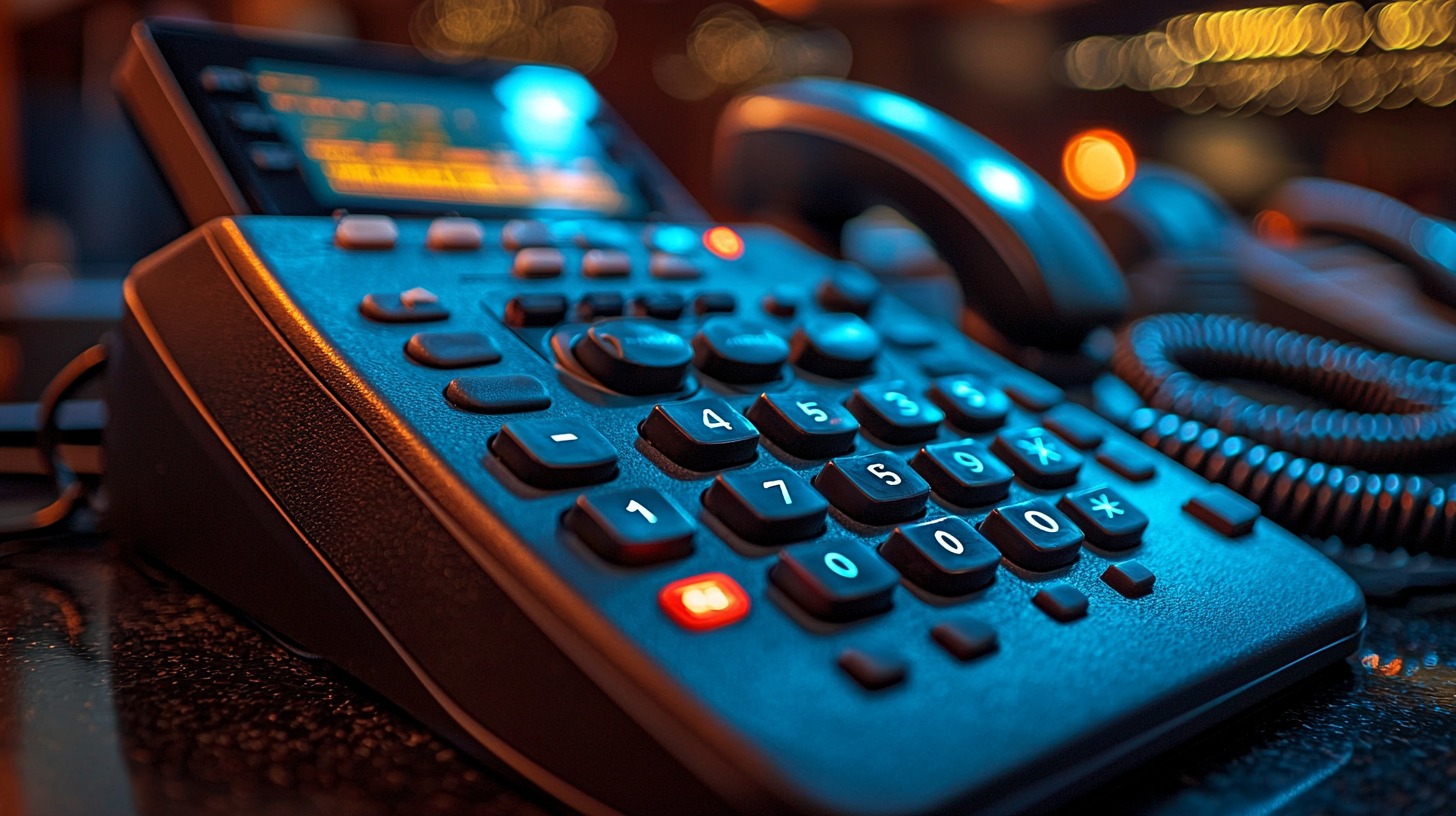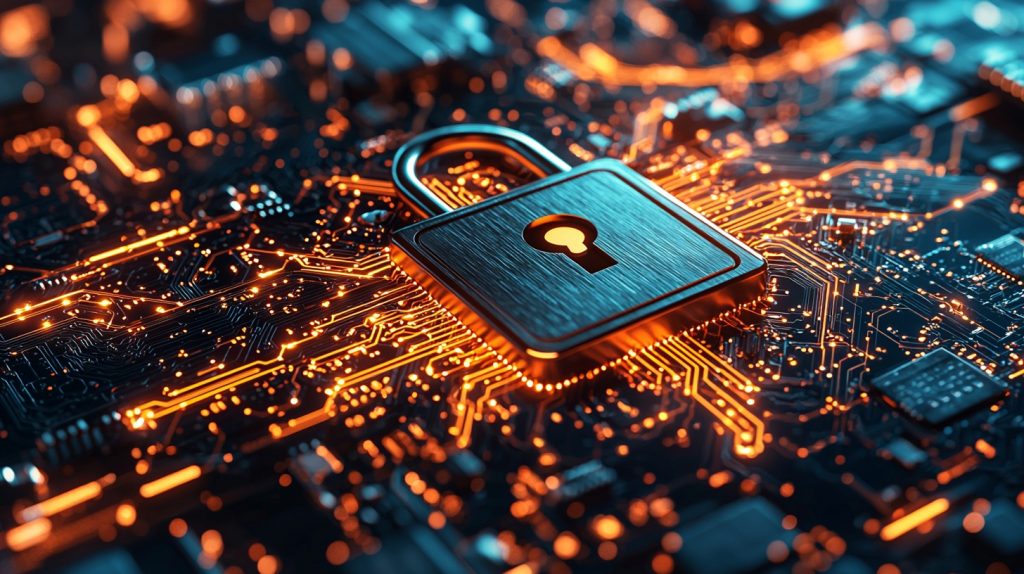Fax technology transformed document sharing in the 1980s, enabling businesses to transmit documents securely over phone lines with speed and reliability unmatched at the time. Traditional mail and couriers simply couldn’t compete. While traditional faxing has mostly become obsolete today, it remains essential in certain industries. Online fax services have also gained popularity: https://comfax.com/reviews/best-online-fax-services/.
Enter VoIP faxing — a modern solution that combines the reliability and security of traditional faxing with the convenience of internet-based systems. But how does it ensure secure communication? Let’s take a closer look.
What is VoIP faxing?
VoIP faxing replicates traditional fax processes using internet technology. Documents are scanned and securely transmitted to the recipient, either through email or dedicated internet fax services. It mimics analog faxing but replaces phone lines with digital signals, offering a modern upgrade.
How does VoIP faxing differ from traditional faxing?
While the basic process remains the same, the key difference lies in data transfer. Traditional faxing uses analog signals and phone lines, whereas VoIP transmits digital signals via the internet. This shift eliminates the need for physical infrastructure, making it more streamlined and efficient.
Is faxing still relevant?
While not as widespread as it once was, faxing remains essential in highly regulated industries like healthcare and legal. It’s a reliable method for secure document transmission. The comfax.com app allows you to send faxes securely. VoIP faxing further enhances this reliability by modernizing the process for the digital age.
Benefits of VoIP faxing
VoIP faxing offers several advantages over traditional methods, making it a practical choice for modern businesses.

1. Uses existing internet infrastructure
Unlike outdated fax machines, VoIP faxing relies on computers, mobile devices, and the global internet network. This eliminates the need for specific fax equipment, allowing businesses to integrate faxing into their existing digital workflows.
2. Faster and more capable
Modern IP networks are far superior to traditional PSTN networks, handling higher speeds and larger data loads. While PSTN can transmit data at just 64 kbps, modern networks can process gigabit speeds, making VoIP faxing significantly faster and more efficient.
3. Cost-effective and time-saving
VoIP faxing reduces costs by eliminating the need for expensive physical fax machines and phone lines. It also allows multiple users to send faxes simultaneously, saving valuable time and increasing productivity. With internet access already a standard business expense, setting up VoIP faxing requires minimal extra investment.
Encryption and compliance in VoIP faxing
Encryption has always been central to faxing. Historically, the T.30 protocol governed security for PSTN-based transmissions, ensuring encrypted and reliable document transfers. However, with the shift to digital, the T.30 protocol proved inadequate for modern needs. This led to the creation of the T.38 protocol, designed specifically for secure faxing over IP networks.
What is the T.38 protocol?
Established in 1998, the T.38 protocol allows secure, efficient fax transmission over digital networks. It supports two main functions: transferring faxes entirely via T.38 or acting as a bridge between T.30 devices and VoIP networks. The protocol manages bandwidth, file compression, and packet loss, ensuring transmitted documents are accurately reconstructed.

